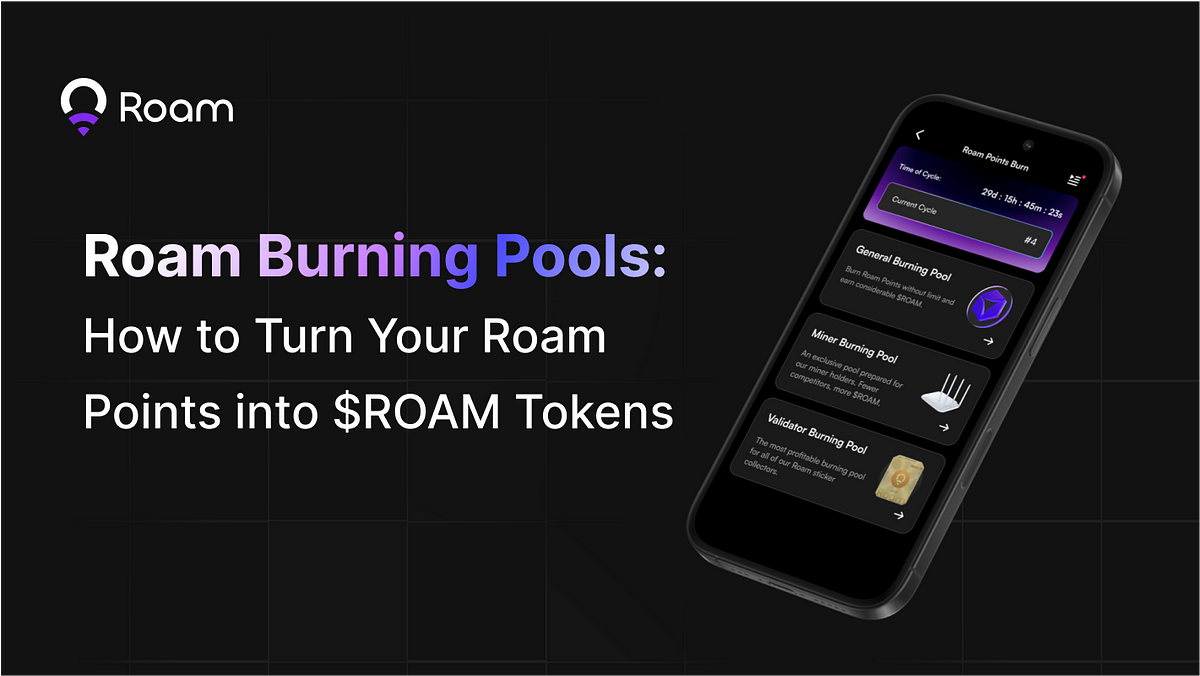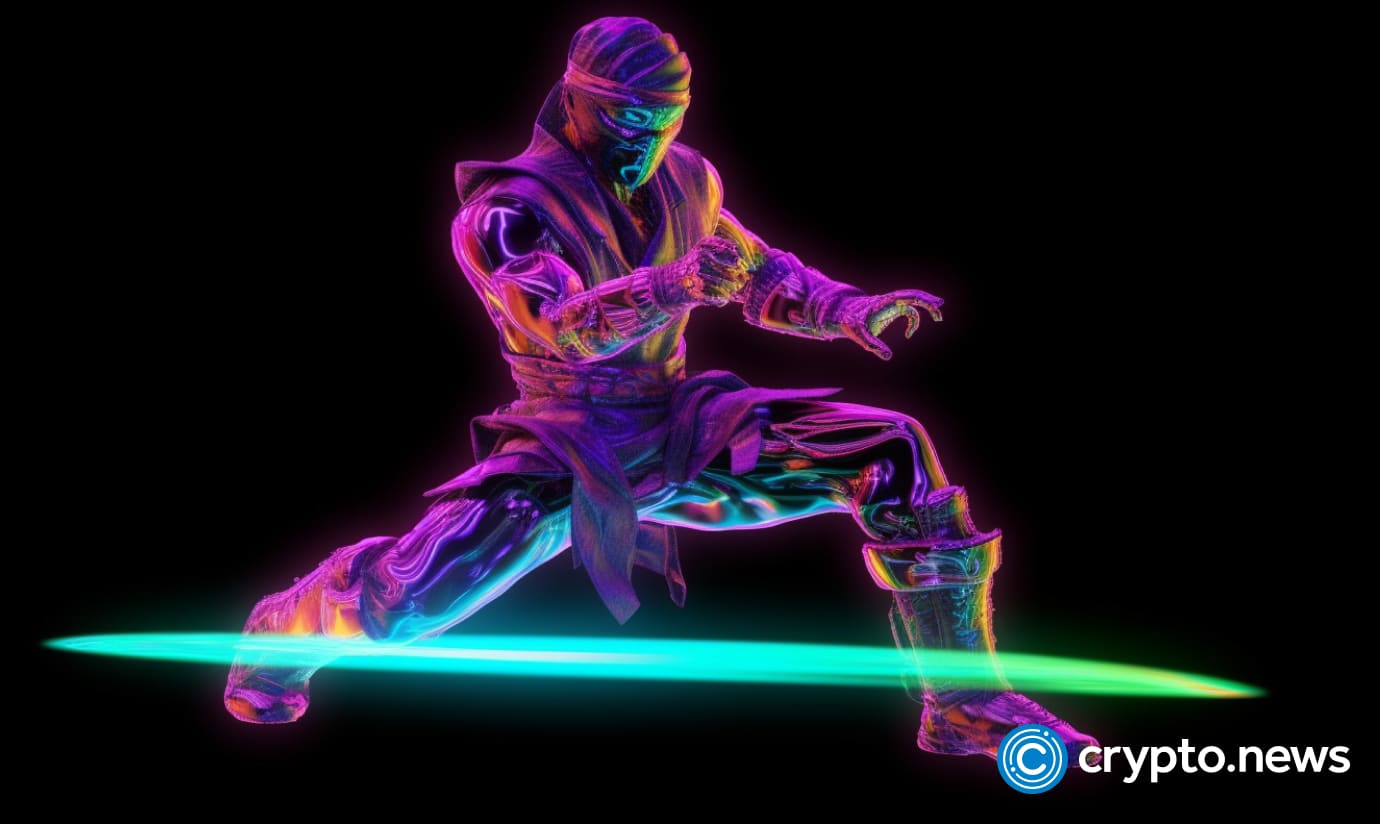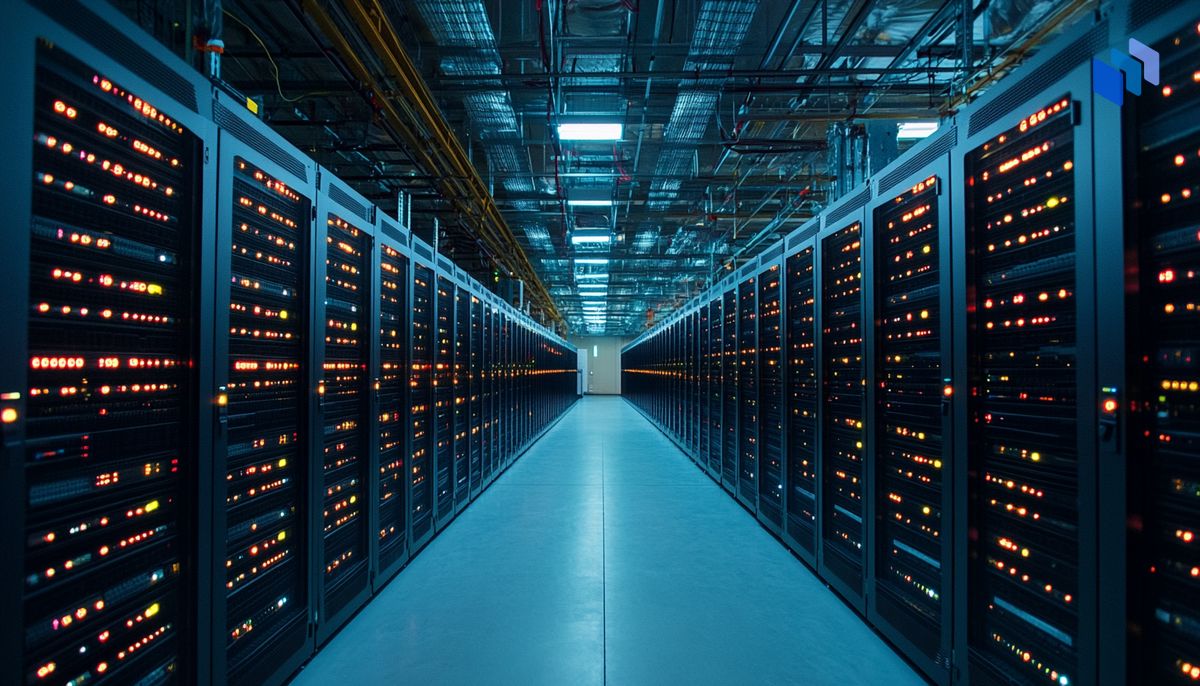The DePIN Explorer - DePIN Scan
Trending 🔥
DePIN Market Cap
$29,970,637,296
Volume
$4,516,137,211
-12.7%
DePIN Projects
295
DePIN Devices
19,598,044
DePIN Projects
DePIN Scan is the explorer for DePIN crypto projects. There are 295 DePIN Projects with a combined DePIN market cap of $29,970,637,296 and total DePIN devices of 19,598,044. Click into the projects below to learn how to start earning passive income today.
Project | Token | Category | Social Following | Market Cap | Token Price | 24h Trade VOL | 1D | 7D | 30D | Total Devices | Favorites | Last 7 days |
|---|---|---|---|---|---|---|---|---|---|---|---|---|
 | SOL | Chain | 2,983,977 | $92,247,270,178 | $192.35 | $2,631,236,772 | +5.0% | +7.8% | -17.5% | - | 3 | |
 | RNDR | ServerAI | 213,056 | $3,649,910,064 | $7.05 | $89,474,479 | +2.2% | -1.0% | -16.3% | - | 2 | |
 | FIL | Server | 667,158 | $3,181,493,375 | $5.16 | $227,787,005 | +4.7% | +5.0% | -10.5% | 3,572 | 2 | |
 | THETA | ServerAI | 272,081 | $2,413,900,316 | $2.4 | $48,440,450 | +10.4% | +11.3% | +12.7% | 5,885 | 1 | |
 | HNT | Wireless | 215,970 | $1,173,481,366 | $6.68 | $12,703,979 | +6.0% | -0.8% | +3.1% | - | 2 | |
 | AKT | ServerAI | 121,321 | $744,329,381 | $3.02 | $6,199,540 | +1.4% | -4.2% | -28.9% | 472 | 1 | |
.jpg) | GRASS | ComputeAI | 529,819 | $595,505,881 | $2.44 | $85,875,518 | -0.2% | -3.3% | -33.9% | - | 5 | |
.jpg) | IO | ComputeAI | 512,187 | $381,484,872 | $2.96 | $86,617,061 | +1.5% | +7.0% | +0.1% | - | 0 | |
 | ATH | Compute | 843,871 | $374,984,710 | $0.06595 | $35,290,934 | +0.8% | -2.5% | +3.1% | - | 0 | |
 | IOTX | Chain | 327,853 | $366,653,429 | $0.03883 | $12,684,195 | +3.6% | +8.4% | -20.7% | - | 29 | |
 | PEAQ | Chain | 284,813 | $361,941,035 | $0.5564 | $37,994,124 | -7.7% | +5.6% | +61.2% | - | 3 | |
 | HONEY | SensorAI | 50,652 | $232,295,217 | $0.07525 | $692,045 | +0.6% | +15.5% | +20.5% | 8,037 | 0 |

a day ago
Maximizing Rewards with Roam's Burning PoolsIn the Roam ecosystem, Roam Points serve as a crucial incentive for users contributing to the network's growth. These points can be utilized in various ways, but their primary value lies in the ability to be burned for $ROAM tokens following the Token Generation Event (TGE). To facilitate this conversion, Roam has established three distinct burning pools: the General Burning Pool, Miner Burning Pool, and Validator Burning Pool. Each pool caters to different user types based on their contributions, providing a structured approach to maximizing rewards through point conversion.
A burning pool allows users to exchange their Roam Points for $ROAM tokens by burning them, which permanently removes the points from circulation. The conversion rate is dynamic, influenced by the total points burned and tokens generated within a specific timeframe. Users can choose to burn their points all at once or over several cycles, depending on their strategy. For instance, if only one user burns points, they receive a higher token yield compared to a scenario with many participants. This system not only incentivizes user engagement but also helps maintain the scarcity and value of $ROAM tokens.
The General Burning Pool is accessible to all users, while the Miner and Validator pools cater to specific contributors, such as miners and validators of Roam WiFi hotspots. Each pool has its own set of rules regarding minimum point input, eligible points, and burn periods, allowing users to tailor their participation based on their activities within the Roam network. By understanding the mechanics of these pools, users can effectively strategize their point burning to maximize their $ROAM token rewards, enhancing their overall experience within the Roam ecosystem.

a day ago
2025: A Pivotal Year for Blockchain and AI IntegrationAs we enter 2025, the cryptocurrency and blockchain sectors are poised for significant transformation, driven by a blend of macroeconomic factors, regulatory progress, and technological advancements. Insights from Messari and Coinbase indicate that this year could be pivotal for the evolution of Web3, AI, and decentralized infrastructure. Fog Works is at the forefront of this movement, focusing on innovation, sustainability, and community engagement to redefine the digital landscape. The increasing clarity in regulatory frameworks, especially in the U.S. and Europe, is expected to catalyze institutional adoption and innovation, with Coinbase predicting a rise in regulated financial products, including tokenized securities and compliant DeFi solutions.
One of the most notable trends is the integration of AI with blockchain technology. Messari highlights the potential for decentralized AI systems to transform data management and privacy-centric applications. Fog Works is aligning its advancements in AI-enabled personal storage with this trend, emphasizing the importance of decentralized physical infrastructure networks (DePIN) as a critical layer in the Web3 ecosystem. As users seek alternatives to centralized tech giants, companies deploying real-world applications for data storage and IoT are expected to thrive. Additionally, NFTs are evolving beyond art into areas like music royalties and real estate tokenization, necessitating secure, decentralized storage solutions.
Fog Works' achievements in 2024 set a strong foundation for 2025. The company has made significant strides in product innovation, market expansion, and community building. Notable advancements include the Foggie Max backup system, which enhances data security and sharing capabilities, and the integration of AI-powered features that allow users to create personal knowledge bases. With a focus on sustainability, Fog Works aims to adopt energy-efficient technologies and forge partnerships that promote greener blockchain practices. As the market landscape continues to evolve, Fog Works is well-positioned to lead the charge in the decentralized future of technology.

2 days ago
Aethir and Injective Launch Tokenized GPU Marketplace to Enhance AI and Blockchain InnovationAethir and Injective have announced a groundbreaking partnership that aims to revolutionize the accessibility of high-performance GPU resources through the launch of the world’s first tokenized GPU marketplace. Aethir, a leader in high-performance computing infrastructure, and Injective, a prominent decentralized exchange platform, are combining their strengths to create a platform that caters to the growing demands of AI research and blockchain applications. High-performance computing (HPC) is essential for processing vast amounts of data quickly, which is crucial for complex tasks such as scientific simulations and AI development.
The new marketplace will enable developers, researchers, and GPU resource providers to engage in a novel interaction model that leverages tokenization. By utilizing Injective's advanced blockchain technology alongside Aethir's GPU processing capabilities, the marketplace will facilitate automated transactions through smart contracts, allowing for fractional ownership and real-time trading of GPU resources. This innovative approach eliminates the need for hefty hardware investments, enabling users to access high-performance computing resources on a pay-as-you-go basis. Users will have the flexibility to buy, sell, or lease tokenized GPU power, integrating it into various on-chain applications, including decentralized lending protocols and perpetual markets.
The implications of this partnership extend beyond just AI and blockchain; it could significantly impact the broader GPU market as well. With NVIDIA at the forefront of GPU technology, the demand for decentralized GPU computing is likely to grow as initiatives like Aethir and Injective's marketplace gain traction. While the current market interest in their respective tokens remains subdued, the potential for future growth is evident. As users navigate this new landscape, caution is advised to mitigate risks associated with tokenized transactions, emphasizing the importance of relying on official project announcements and trusted sources for information.

2 days ago
Decentralized Infrastructure Networks: A Game Changer for AI DevelopmentThe data center industry is currently facing significant challenges in meeting the immense computing power requirements of artificial intelligence (AI), particularly for training large language models (LLMs). According to Bain & Company, advanced AI models necessitate thousands of graphics processing units (GPUs) during the pre-training phase, which in turn demands highly sophisticated data center architectures. Presently, major cloud service providers operate hyperscale data centers with capacities ranging from 50 to 200 megawatts, costing between $1 billion to $4 billion. However, projections indicate that by the end of the decade, these capacities will need to scale up to over 1 gigawatt, with costs soaring to between $10 billion and $25 billion. This situation is compounded by the dominance of tech giants like Alphabet, Microsoft, Amazon Web Services (AWS), and Alibaba, which limits opportunities for smaller competitors to build comparable infrastructures.
To address these challenges, decentralized physical infrastructure networks (DePIN) have emerged as a potential solution. DePIN aggregates small-scale computing resources, democratizing access to AI infrastructure and reducing reliance on major tech companies. By utilizing blockchain technology, tokenization, and decentralized governance, DePIN incentivizes participation from individuals and organizations, enabling them to contribute physical resources such as data storage, energy generation, and computing power. This decentralized approach not only enhances transparency and security but also allows for real-time data processing through edge AI, which deploys AI algorithms directly on devices at the network's edge, thereby alleviating the burden on centralized cloud networks.
Looking ahead to 2025, DePIN is poised to fundamentally transform the AI landscape. Experts predict a massive scaling of decentralized compute networks, shifting AI model training from centralized supercomputing clusters to distributed networks powered by DePIN. Additionally, tokenized incentives will encourage broader participation in AI development, allowing smaller players to monetize their resources while contributing to global innovation. Furthermore, the decentralized nature of DePIN enhances security and privacy, addressing vulnerabilities associated with centralized infrastructures. As DePIN matures, it is expected to facilitate groundbreaking applications across various sectors, including healthcare and energy management, while ensuring that AI infrastructure remains accessible to startups and researchers, thus fostering a more equitable technological ecosystem.
Signup for latest DePIN news and updates
.png)




.jpg)


